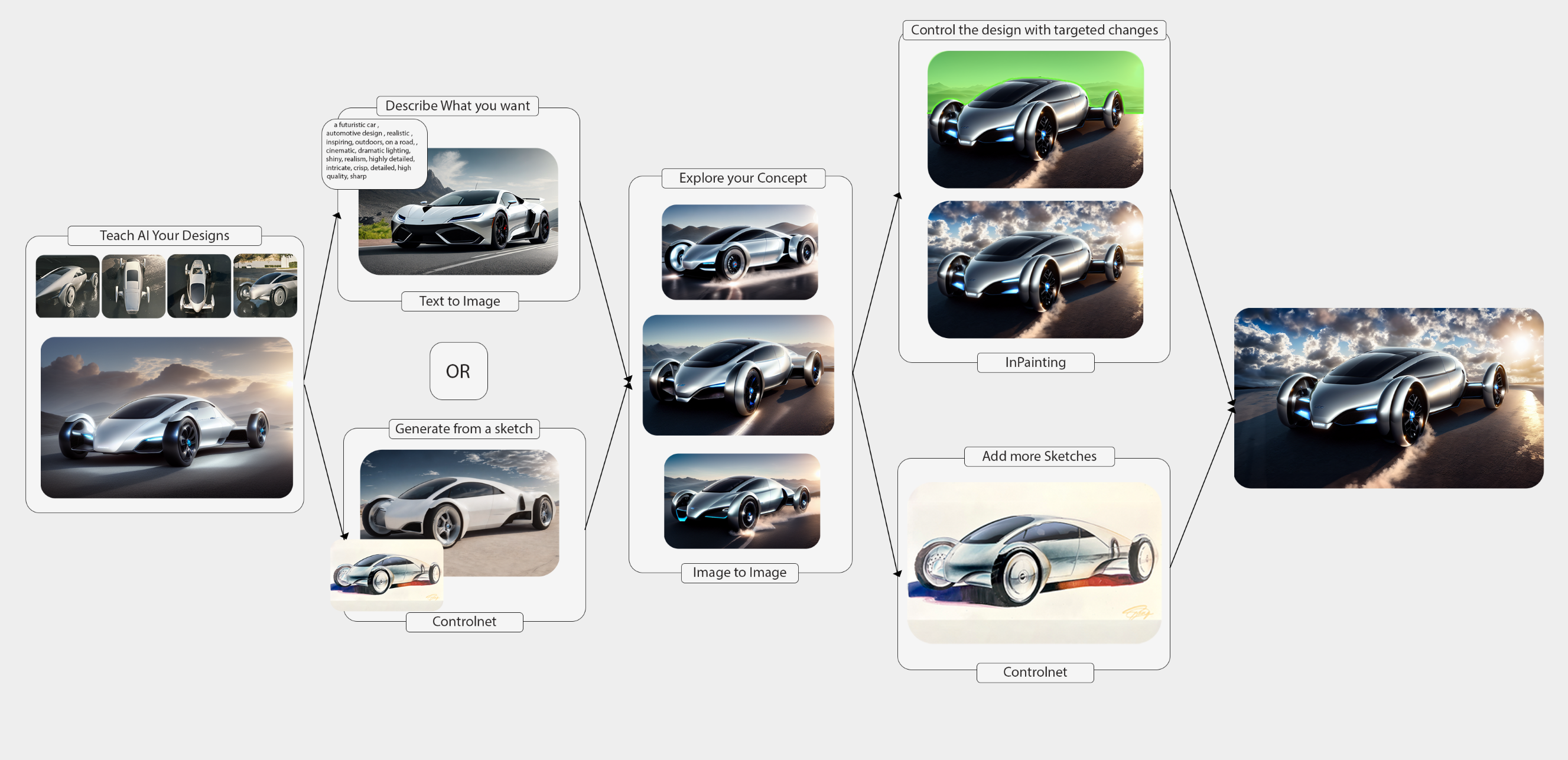The rapid advancements in artificial intelligence over the past few months are remarkable, and staying ahead in this dynamic environment is crucial. The rise of generative AI (GenAI) has companies trying to create value from a technology that is evolving daily.
A critical phase in the GenAI lifecycle is model fine-tuning. Due to its seamlessness and efficiency, this transformative technique has gained popularity among data scientists, independent software vendor (ISV) developers and creators, as it levels the playing field in innovation. It allows exploration of new horizons of possibility, experimentation with novel approaches and breathes life into the boldest AI visions.
Model fine-tuning involves taking a pre-trained neural network model and training it with domain-specific data, enabling it to perform a specific task or generate content tailored to a particular domain or to an individual’s own work. Fine-tuning allows someone with little background in coding to leverage the knowledge and features learned by a pre-trained model and customize it according to a specific use case.
Unleashing Creativity through Fine-tuning
In a world where AI applications are becoming increasingly diverse and nuanced, the ability to fine-tune GenAI models at your workstation is a game-changer. 3D Artist and Workflow Specialist Ashlee Martino-Tarr from NVIDIA used Dell Technologies’ Precision AI-ready workstations to fine-tune an existing GenAI model, modifying it on concepts in her vision for designing futuristic cars.
“I was working with another designer, and we took his 3D renderings and 2D sketches and trained an AI network to allow us to design and create around the likeness of that design theme. GenAI can show us renders of the design in different colors and see it from different angles, creating iterations that would have taken hours to draw and manifest,” Martino-Tarr said.

GenAI fine-tuning accelerated Martino-Tarr’s design project—what used to be the manual process of sketching and coloring numerous design iterations has now been automated.
“This fine-tuned model also allowed us to improve the design by inputting more sketches into the AI model. The model then further understands the artist’s style and can modify some parts accordingly. We also use it as an ideation tool and train it to specific rules and boundaries—this is especially important when generating a different car every time because you might build things that are off balance and have precise parameters in height, width, and aerodynamics,” she said.
The success of this process hinges significantly on choosing the right solution—not just selecting the right hardware but also the right-sized dimensions needed to support and power your AI initiative. Model fine-tuning requires significant computational power, memory and efficiency. And more than anything, it requires a balanced system.
For this specific design project, Martino-Tarr used a Dell Precision 5860 AI-ready workstation powered by an Intel (R) Xeon processor and an NVIDIA RTX 6000 Ada Generation GPU with 48GB VRAM.
“It really comes down to your system and what’s in your system—because at the end of the day, if you do not have enough power, memory or storage, then you’d have to cut corners on your project. My Precision workstation and NVIDIA RTX GPU setup help generate images faster and work consistently with GenAI” she said.
Built for Innovation
As the world’s top workstation brand*, Precision workstations have long been popular with AI developers, data scientists and creators, as it offers a comprehensive selection of AI-ready devices, providing the tools they need to prototype, develop and optimize AI and GenAI models locally and securely. Fine-tuning workloads on Precision workstations allows for cost-effective experimentation and calibration, ensuring users can refine their projects and accelerate the iterative process without excessive expenses.
Read about our comprehensive portfolio of AI-ready workstations, including the new Dell Precision 7875 Tower, here. For more information on Precision AI-ready workstations, please click here.
Below are more samples of Ashlee Martino Tarr’s work. Learn more about her foray in creator workflows and GenAI by following her on LinkedIn.


*Source: IDC Quarterly Workstation Tracker, Q2 2023


